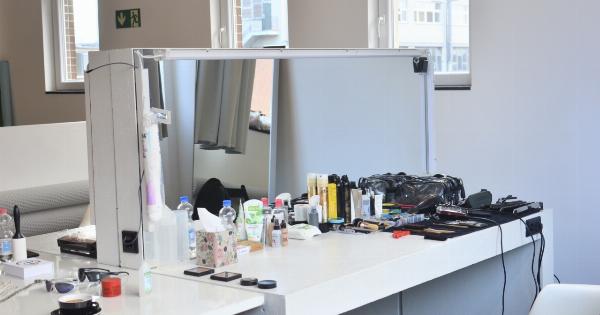Hair loss is a common condition that affects millions of people worldwide. It is caused by a wide range of factors including age, genetics, medication, medical conditions, and lifestyle.
Dihydrotestosterone (DHT) is a hormone that plays a significant role in hair loss. DHT binds to hair follicles and causes them to shrink, leading to hair thinning and eventually hair loss.
Hair Regeneration Therapy
Hair regeneration therapy is a new and promising treatment that is designed to help stimulate hair growth by using autologous stem cells.
Autologous stem cells are cells that are harvested from a patient’s own body and then processed to create a highly concentrated solution of stem cells.
These stem cells are then injected directly into the scalp where the hair loss has occurred. The goal of this treatment is to encourage the stem cells to regenerate new hair follicles and promote healthy hair growth.
The Science Behind Autologous Stem Cells
The use of autologous stem cells in hair regeneration therapy is based on the principle that stem cells have the ability to differentiate into different types of cells, including hair follicle cells.
By using autologous stem cells, there is a reduced risk of the body rejecting the cells and the treatment is generally well-tolerated.
Stem cells are found in various parts of the human body, including bone marrow, fat cells, and the hair follicles themselves.
The stem cells used in hair regeneration therapy are typically derived from fat cells, as they are abundant and easy to obtain through a minimally invasive procedure.
The Procedure
The procedure for hair regeneration therapy using autologous stem cells begins with a consultation with a qualified physician.
During the consultation, the physician will conduct a thorough evaluation of the patient’s hair loss and medical history to determine if they are a good candidate for the treatment.
If the patient is considered a good candidate, the physician will schedule a procedure to harvest the stem cells. This is typically done using a minimally invasive procedure, such as liposuction.
During the procedure, a small amount of fat tissue is extracted from the patient’s abdomen or another area of the body.
The stem cells are then extracted from the fat tissue and processed to create a highly concentrated solution of stem cells. This solution is then injected directly into the scalp in the areas where hair loss has occurred.
The Results
The results of hair regeneration therapy using autologous stem cells can vary from person to person. Some patients may see significant regrowth of hair within a few months of the procedure, while others may experience more gradual results.
In general, patients who have less severe hair loss tend to see the best results.
It is important to note that hair regeneration therapy using autologous stem cells is not a cure for hair loss.
While the treatment can help to stimulate hair growth and improve the overall health of the scalp, it is not a permanent solution and repeat treatments may be necessary to maintain the results.
The Benefits of Hair Regeneration Therapy
There are several benefits to hair regeneration therapy using autologous stem cells, including:.
- Minimally invasive procedure: The treatment is typically well-tolerated and requires only a minimally invasive procedure.
- Reduced risk of rejection: By using a patient’s own stem cells, there is a reduced risk of the body rejecting the cells.
- Potential for significant regrowth: Many patients have seen significant improvement in their hair growth after the treatment.
- Improved overall scalp health: The treatment can help to improve the overall health of the scalp, which can lead to healthier hair growth in the future.
The Risks and Side Effects
As with any medical procedure, hair regeneration therapy using autologous stem cells does come with some risks and potential side effects. These may include:.
- Bleeding or bruising at the injection site
- Infection
- Pain or discomfort
- Swelling
- Scarring
It is important to discuss these risks with a qualified physician before undergoing the procedure.
The Cost
The cost of hair regeneration therapy using autologous stem cells can vary depending on a number of factors, including the extent of the hair loss, the number of treatments required, and the location of the treatment.
In general, the treatment can be quite expensive, and it is not typically covered by insurance. Patients should be prepared to pay out of pocket for the treatment.
Conclusion
Hair regeneration therapy using autologous stem cells is a promising new treatment that can help stimulate hair growth and improve scalp health.
While the treatment is not a cure for hair loss, it can provide significant improvement in hair growth for many patients.
As with any medical treatment, patients should discuss the risks and benefits with a qualified physician before undergoing the procedure.


























